Interpreting Landscapes
Interpreting Landscapes
Geologies, Topographies, Identities Explorations in Landscape Phenomenology 3
Christopher Tilley
First published 2010 by Left Coast Press, Inc.
Published 2016 by Routledge
2 Park Square, Milton Park, Abingdon, Oxon OX14 4RN
711 Third Avenue, New York, NY 10017, USA
Routledge is an imprint of the Taylor & Francis Group, an informa business
Copyright 2010 Taylor & Francis
All rights reserved. No part of this book may be reprinted or reproduced or utilised in any form or by any electronic, mechanical, or other means, now known or hereafter invented, including photocopying and recording, or in any information storage or retrieval system, without permission in writing from the publishers.
Notice:
Product or corporate names may be trademarks or registered trademarks, and are used only for identification and explanation without intent to infringe.
Library of Congress Cataloguing-in-Publication Data:
Tilley, Christopher Y.
Interpreting landscapes : geologies, topographies, identities / Christopher Tilley.
p. cm.
(Explorations in landscape phenomenology ; 3) Includes bibliographical references and index.
ISBN 978-1-59874-374-6 (hardcover : alk. paper)
1. Megalithic monumentsGreat Britain. 2. Land settlement patterns, PrehistoricGreat Britain. 3. Architecture, PrehistoricGreat Britain. 4. Landscape archaeologyGreat Britain. 5. Great BritainAntiquities. I. Title.
GN805.T55 2009
936.2dc222010003710
ISBN 978-1-59874-374-6 hardcover

Contents
Colour Plates
| (located following page 256) |
I n this book, I bring together a series of published and unpublished interpretative essays on landscape and monuments written and researched at various times since 1994. This is the third in a trilogy of books, Explorations in Landscape phenomenology. The chapters in it also represent part of the wider development of a phenomenological approach to places and monuments in Britain and Europe undertaken in part, or in whole, in six other books : A Phenomenology of Landscape (Tilley 1994), An Ethnography of the Neolithic (Tilley 1996a), Metaphor and Material Culture (Tilley 1999a), The Materiality of Stone: Explorations in Landscape Phenomenology 1 (Tilley 2004a), Stone Worlds: Narrative and Reflexivity in Landscape Archaeology (Bender, Hamilton, and Tilley 2007), and Body and Image: Explorations in Landscape Phenomenology 2 (Tilley 2008).
The individual studies presented here have been included, because they are all variously concerned with the very different landscapes of southern Britain from the Mesolithic to the Iron Age and therefore may naturally give rise to some general comparative reflections with regard to both regional and temporal differences. Standard ways of writing the past have been concerned with particular periodsfor example, studies of Neolithic or Bronze Age or Iron Age Britain. The past has also been written in terms of particular types of monumentsfor instance, earthen long barrows, chambered tombs, stone circles or henges or hillforts. Another approach has been to discuss the past in terms of particular types of artefacts: stone axes, Grooved Ware or Beakers, their regional differences and affiliations. This book takes a new approach: I attempt to write the past in terms of its geology and topography, discussing landscapes of chalk and granite, sandstones and slates, and pebbles. I assert the fundamental significance of the bones of the land in relation to processes of human dwelling.
Part of , contain the most general discussions.
discusses the lowland chalk downland landscape of Salisbury Plain and its relationship to the construction of Stonehenge and the experience of its architecture in relation to the numerous Bronze Age barrow cemeteries that surround it. This research forms part of research collectively undertaken by the Stonehenge Riverside Project (Parker Pearson et al. 2006) of which I have been a co-director since 2004. The research discussed here forms a small part of a much wider excavation and survey project of the Stonehenge landscape and other Neolithic and Bronze Age monuments in it that will be published in the future. The fieldwork on which the discussion is based was undertaken by Wayne Bennett, David Field, Colin Richards, and me at various periods between 2004 and 2006. This chapter was first published in Mats Larsson and Mike Parker Pearson (Eds. 2007) From Stonehenge to the Baltic: Living with Cultural Diversity in the Third Millennium B.C., Oxford: Archeopress, BAR International Series 1692. I am most grateful to my co-directors, Joshua Pollard, Mike Parker-Pearson, Colin Richards, Julian Thomas, and Kate Welham, and co-authors, Colin Richards, Wayne Bennett, and David Field, to be able to republish this chapter here.
entire palimpsest of prehistory: to the east a long barrow on Whitesheet Hill, to the southeast Winkelbury hillfort, to the south the highest point, Win Green with its dykes, to the southwest the escarpment edge with its round barrows. These features variously became visible or invisible to me according to the seasons and the conditions of the light. It was with much regret that I left that house and the window that quite literally framed the past for me in the summer of 2004.
discusses a third chalk landscape: The South Dorset Ridgeway, and the Neolithic and Bronze Age monuments constructed along it, first appeared in my book Metaphor and Material Culture (Tilley 1999a), which for a number of years now has been out of print. The fieldwork for this study was also undertaken during a period of two years, between 1994 and 1995, when I was living in another house at the foot of Hambledon Hill and where I was also fortunate to be able to see both a long barrow and a hillfort from my bedroom/study window. Driving to this landscape took little more than an hour, enabling me to undertake repeated visits throughout the year, walking and re-walking the great ridge and its surroundings.
considers a landscape of East Devon, the East Devon Pebblebed heathlands, made up entirely of pebbles, which has no equivalent anywhere in Britain. The fieldwork was undertaken and written up between the autumn of 2004 and the summer of 2007 and has not previously been published. This was a landscape previously unknown to me. In terms of archaeological research, it was also pretty much a black hole. No systematic work had been undertaken for more sixty years. Again, I was fortunate to be living in the landscape I was studyingat the bottom of a valley with a stream at the end of the garden flowing over a bed of pebbles to meet the river Otter. To the east High Peak, the most significant hill in East Devon is visible from beside the stream. To the west, I can glimpse the Pebblebed heathlands on the horizon. Near to the heathland sources of the stream, there are a series of pebble cairns. The stream is an umbilical link between the place where I dwell and the cairns, between my present and the past they represent. I have followed the flow of the waters many times, moving upward to their sources and the high cairns. Subsequently, the initial field research discussed here has given rise to a new long-term research project on the Pebblebed heathlands, co-directed by Andy Jones, in which we are excavating several of these cairns (see www.pebblebedsproject.org.uk).

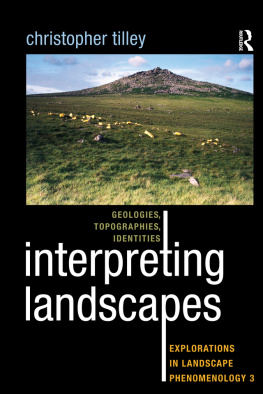


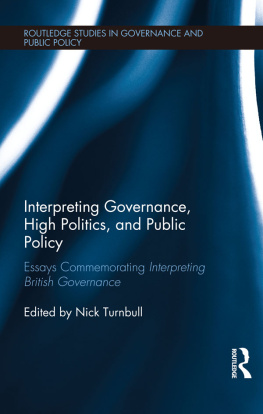
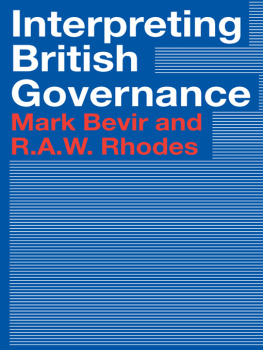

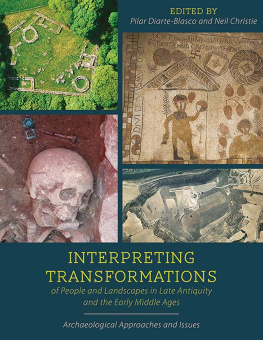
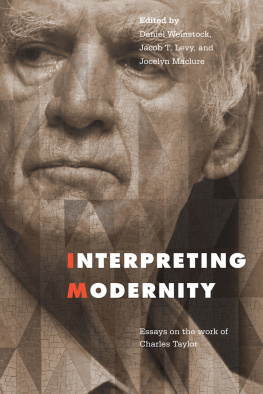
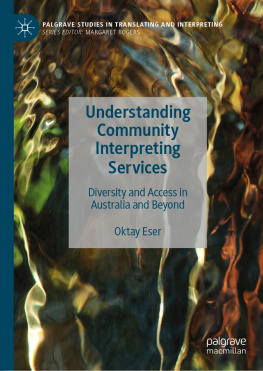

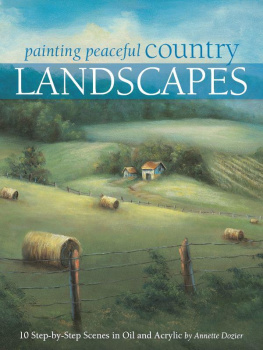
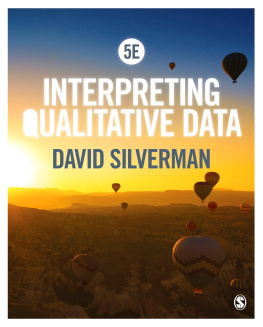

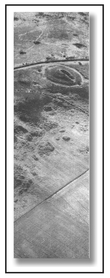


 Contents
Contents